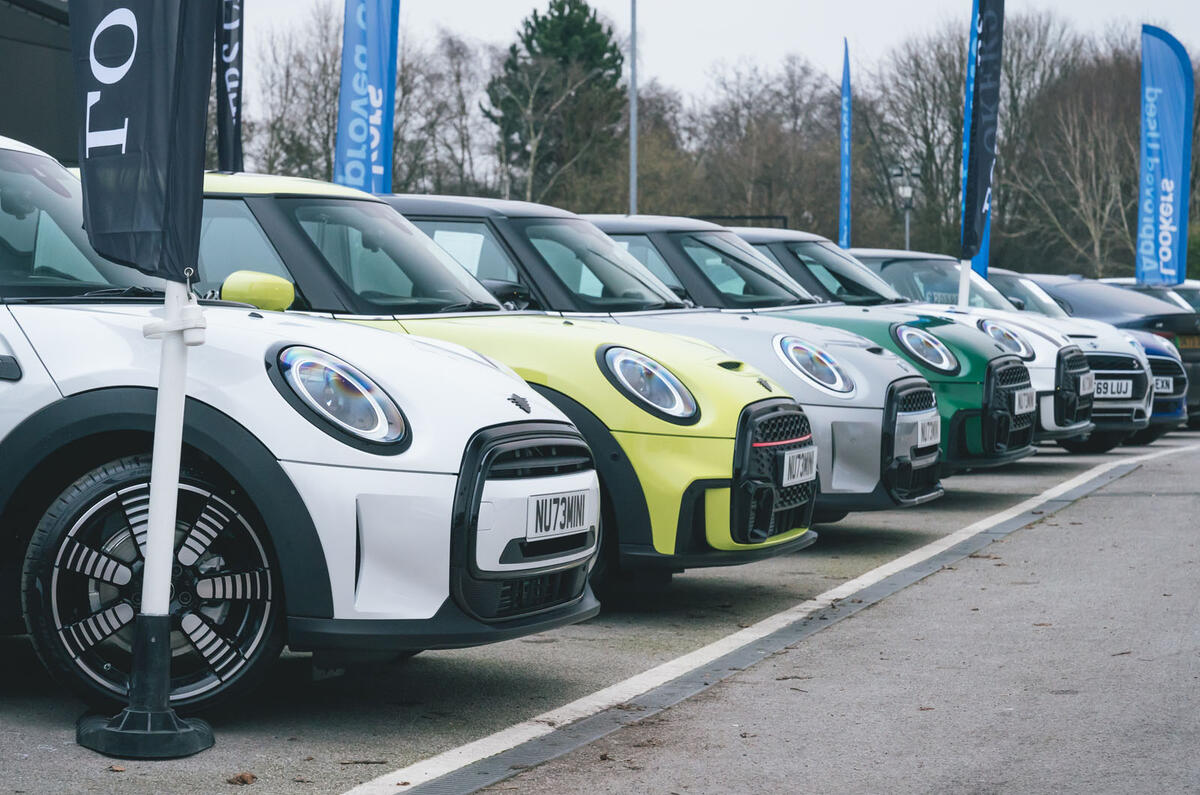Blame Tesla for opening car makers’ eyes to the possibility of direct sales. The EV specialist chucked out the old sales model, bypassed established dealers and owned the retail process by seamlessly integrating a slick online showroom with physical locations.
The ‘legacy’ makers meanwhile were giving away around 10% of their revenue to the dealers. These independent middlemen bought new cars much cheaper wholesale and lured customers by sharing some of their good fortune in the form of cash off the recommended price.




Add your comment